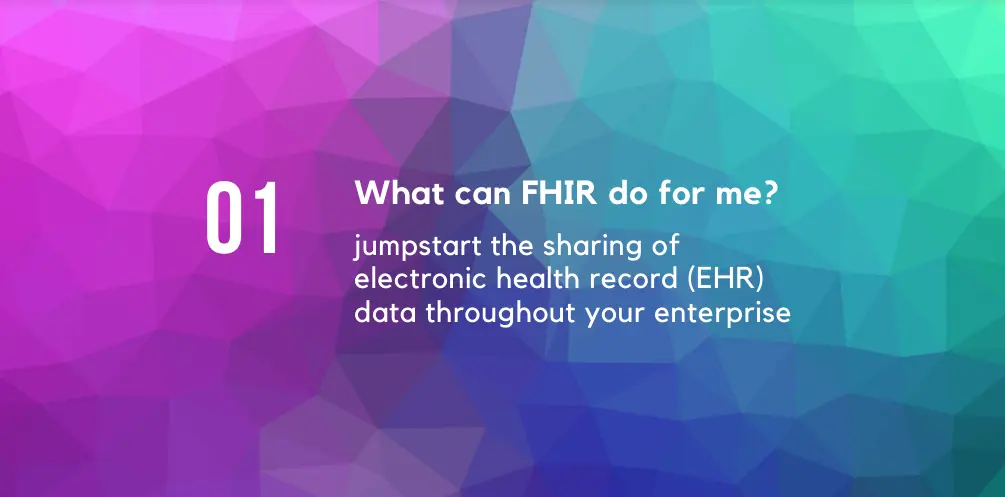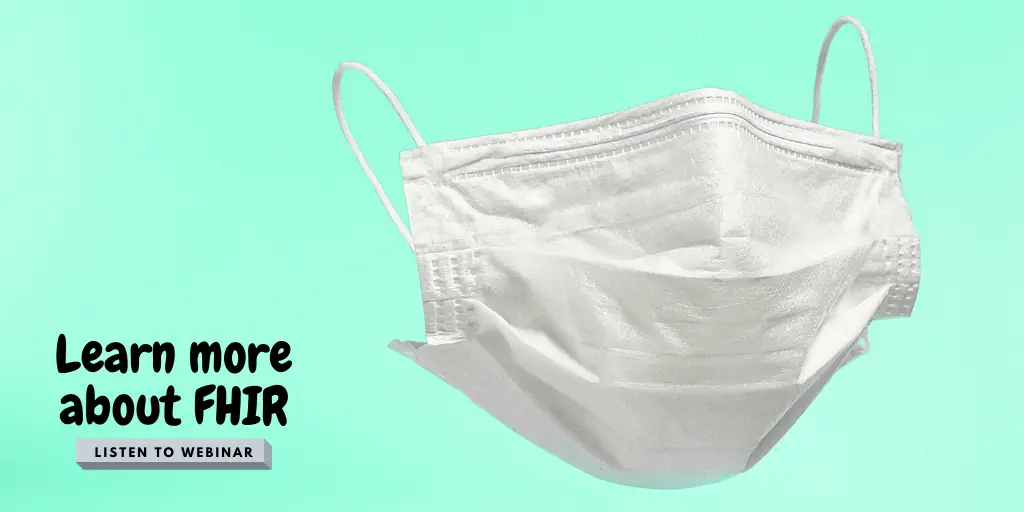FHIR Guide
Introduction to FHIR

The United States ranks number one for highest health care cost per person. Our annual health insurance premiums averaging $19,616 per family (according to the Kaiser Family Foundation).
In value-based healthcare, data is key to lowering healthcare costs. For true cost transparency, it takes data to calculate a patient’s up-front costs. This transparency eventually increases competition, which in turn lowers costs.
Data is also essential for a better understanding of the conditions and severity of conditions in a given population. Data enables healthcare providers to make smarter choices about treatments and medications, allowing more accurate diagnoses, and using fewer resources.
HL7s Fast Healthcare Interoperability Resources (FHIR for short) is simply a data API standards framework. But what it promises to do for the healthcare ecosystem can be truly transformational.
FHIR lets us share data using simple web standards. FHIR lets us build solutions that interoperate. FHIR lets us easily aggregate data from disparate systems to gain new insights using machine learning.
This guide is about the transformational effect that FHIR is having. It will introduce the Quick FHIR solution and how it is making it easier for organizations to participate in this new FHIR-based healthcare ecosystem by addressing the API, data and AI/machine learning concerns they will face.
But first, let’s look at what the healthcare environment of tomorrow could look like and how FHIR is central to making that vision a reality.
Imagine The Perfect Doctor
What if your medical care were completely customized and focused 100 percent on you and your needs?
You would have a doctor who knew everything about your conditions, the symptoms you’re experience and the right treatments for you to pursue. You would have someone who knew everything about your medical history, including every detail about every single office visit you’ve had, every procedure you’ve had, every medicine you’ve ever taken.
He or she would know how often you exercise and how you eat. He or she would have information about your sleep patterns and all your vital statistics (tracked by wearables and other monitoring devices, of course). He or she would have full insight into your insurance coverage and other financial information.
How perfect would your medical care be if this were the case?
Imagine if all of the health organizations you come into contact with were more connected, if they had easy access to all your health information. This “perfect” healthcare system of tomorrow would allow you to take better control of your own health decisions by providing you the insights you need, when you need it.
There would be a continuum of healthcare—a frictionless continuum between hospitals, practitioners and other stakeholders—everything informed by the full picture.
It’s Closer Than You Think, and Data is the Key

This perfect “system of tomorrow” would use all of the data at its disposal to ensure the resources in the healthcare ecosystem were used appropriately.
Data can deliver the “perfect” healthcare system if we consider four things:
- How data is shared
- How data is managed
- How data is mined
- How data is integrated
FHIR standardizes the interfaces through which data is shared. It does this across the entire healthcare ecosystem, via individual application programming interfaces (APIs). There are 145 APIs defined in the current release of the FHIR spec for base concepts such as patient and practitioner care to clinical data, diagnostics and even financial aspects of healthcare (such as claims and coverage).
Not only does FHIR standardize how we share data, but it also standardizes what this data looks like. What does a patient record look like? What does a procedure look like? It provides a clear standard for all of this data across the board.
Finally, FHIR tells us how all this data fits together. As we will discuss later, this is hugely beneficial.
So how does FHIR address your concerns? Which concerns does it leave for you to solve for yourself?
Keep reading to find out: What is FHIR? Discover The Interoperability Specification Changing Health Care

